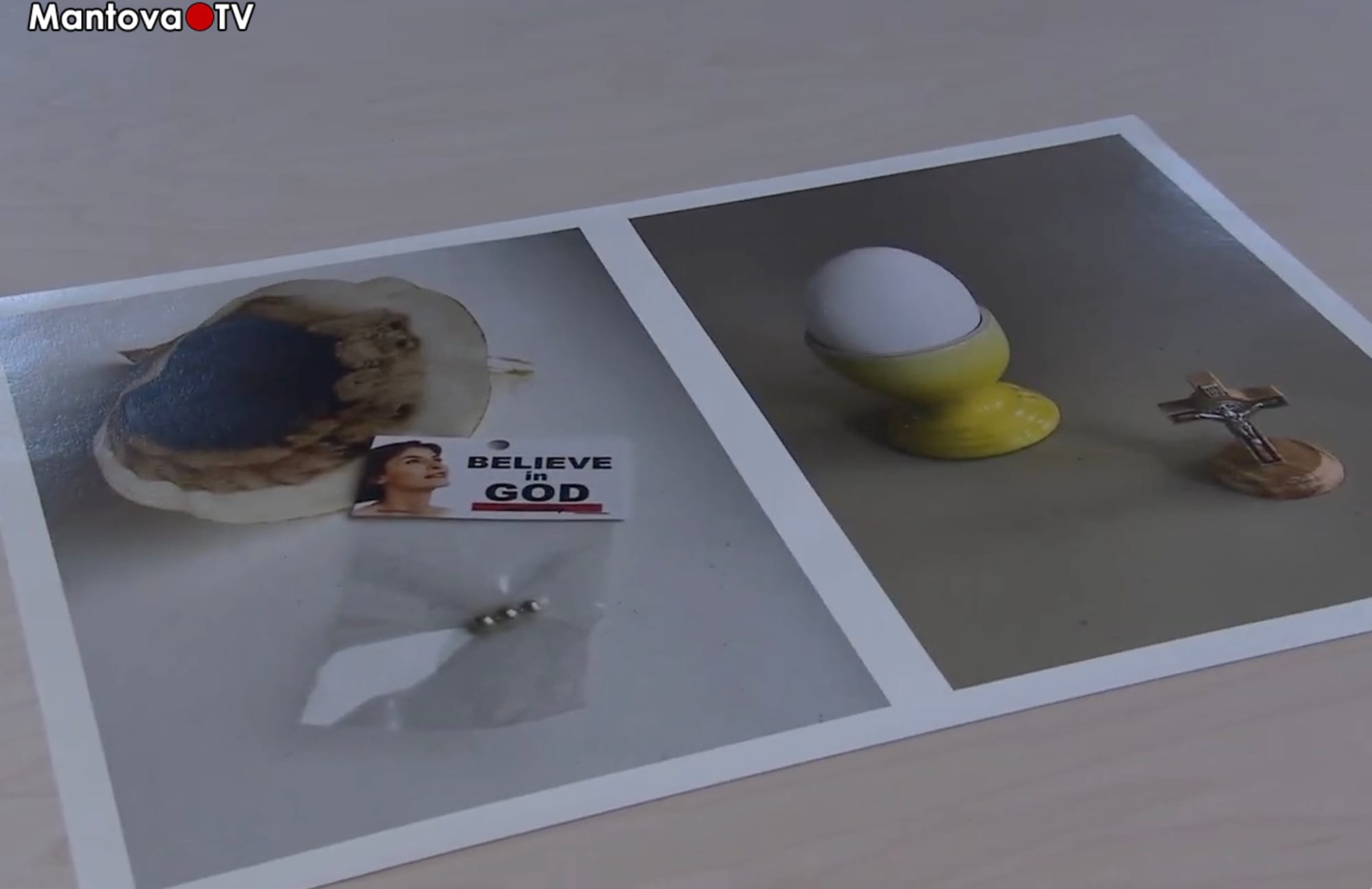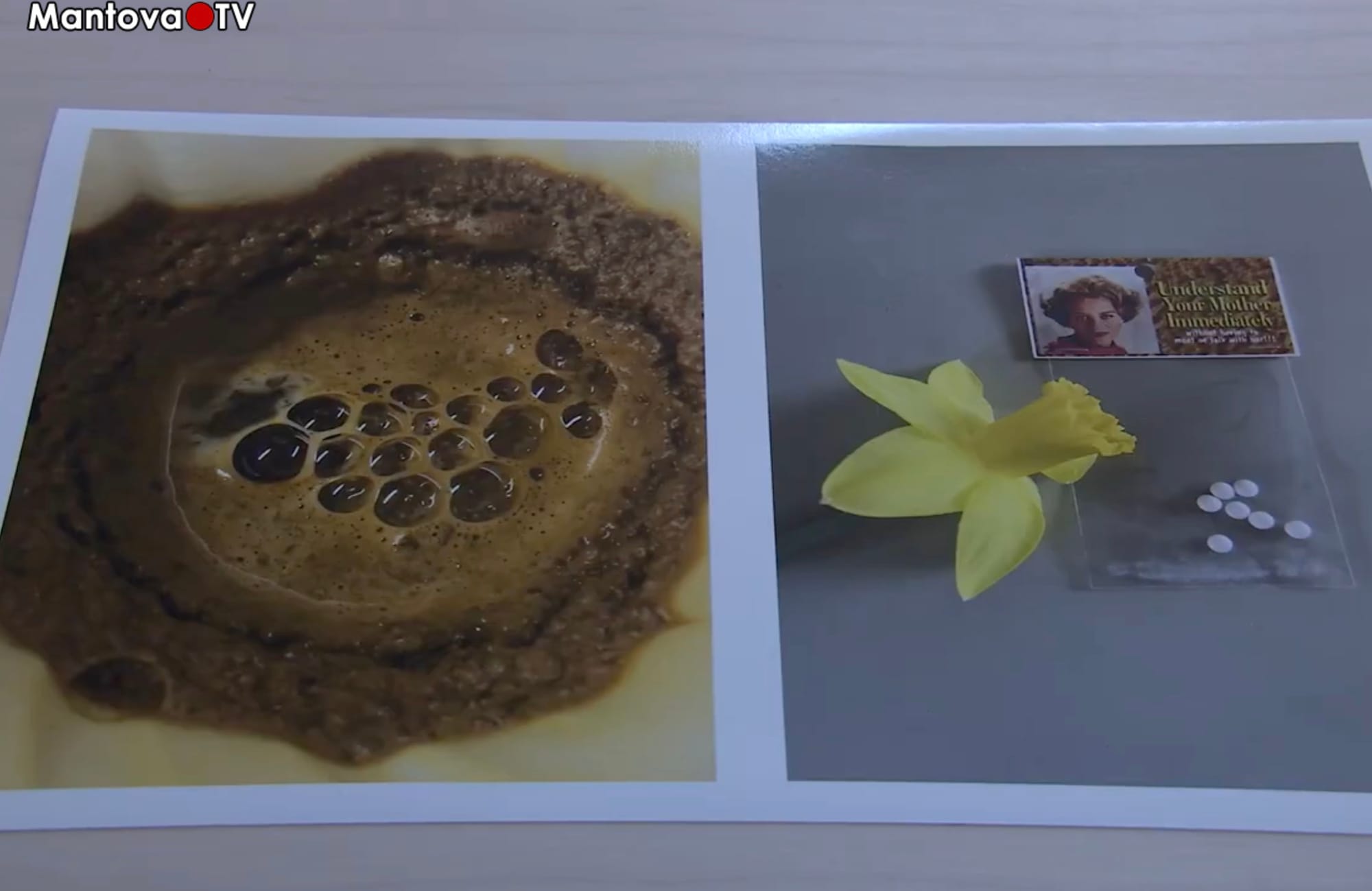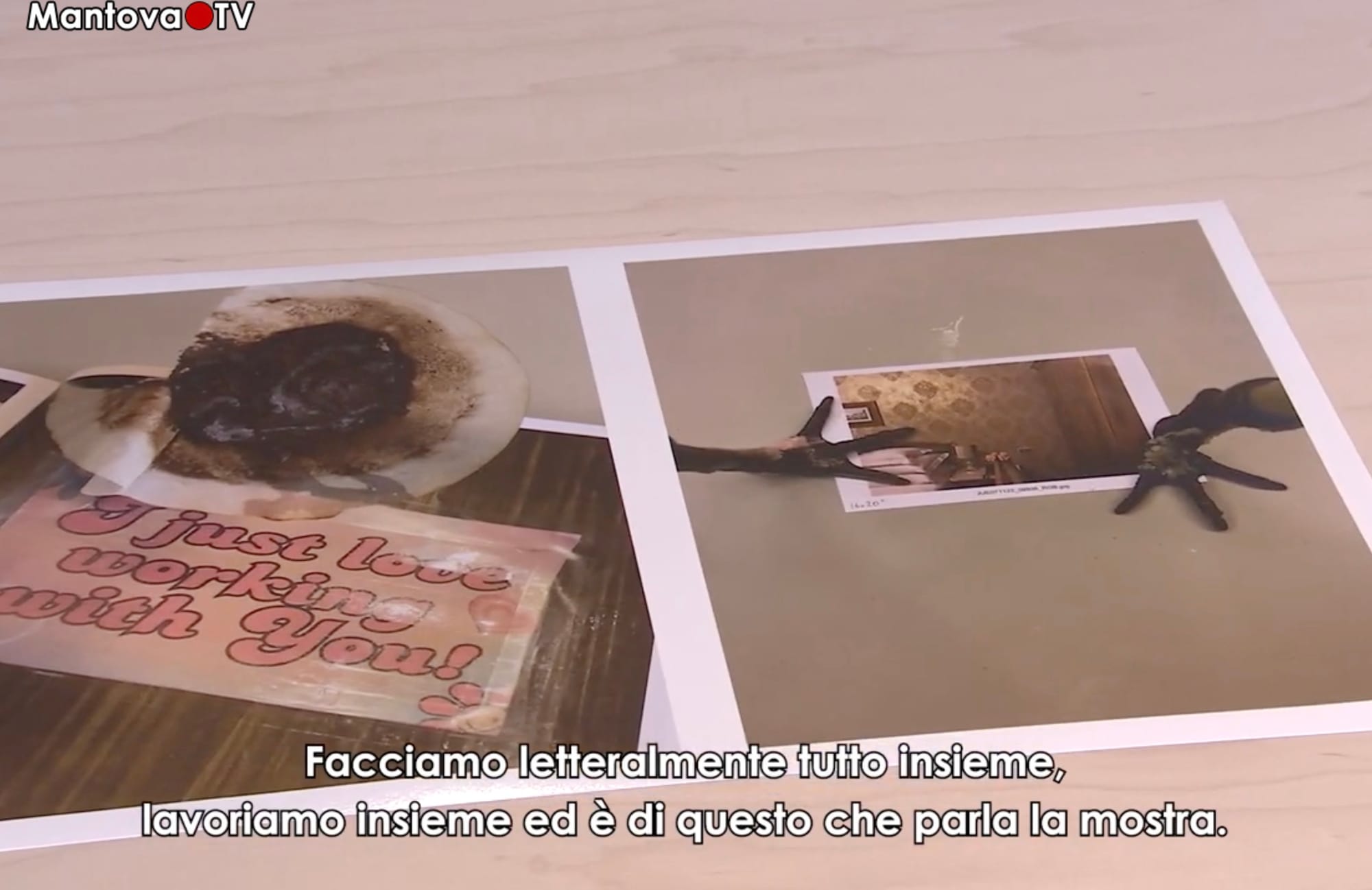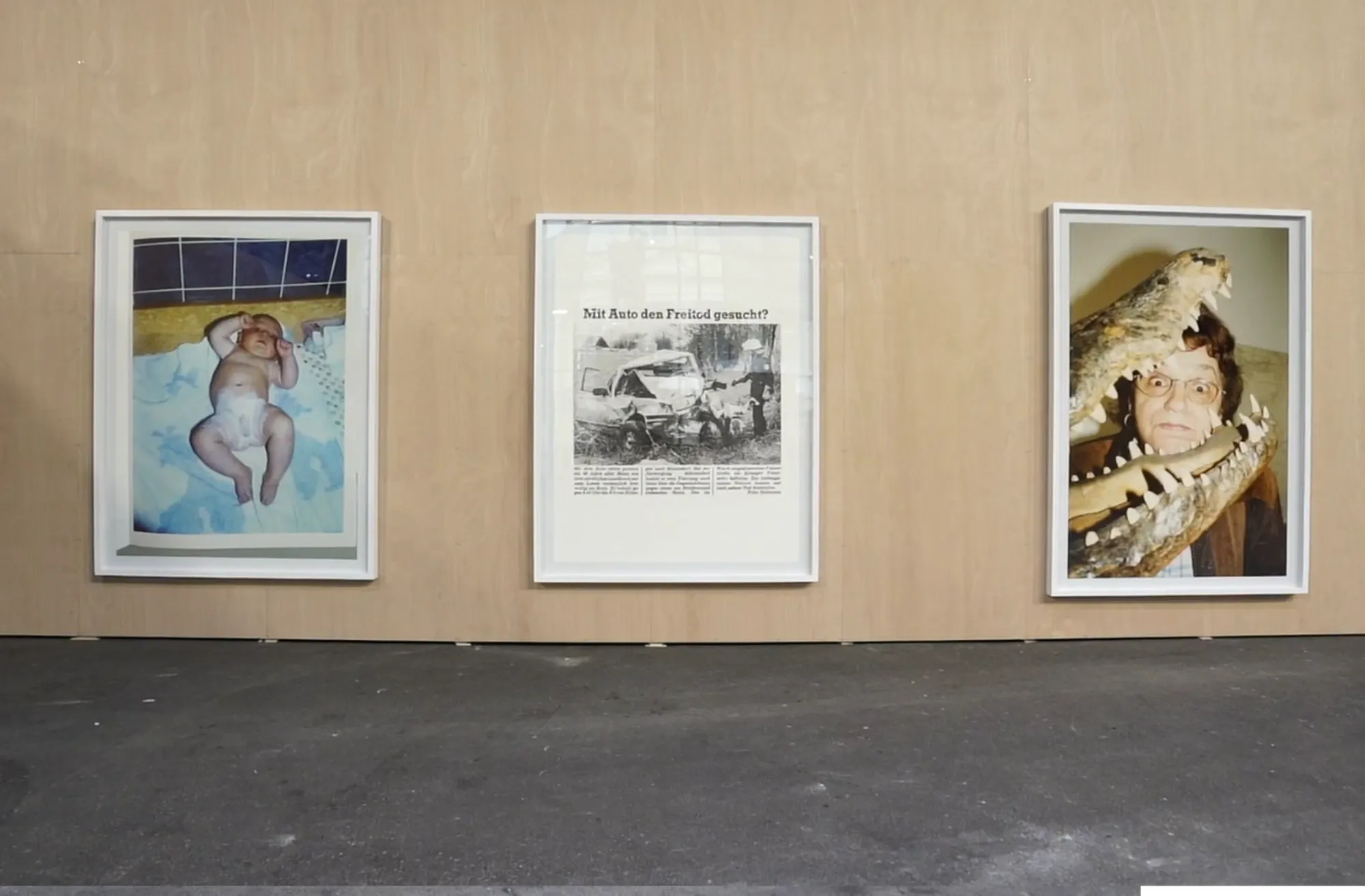Shorts: Juergen Teller, Yiyun Li, Proust, Collecting with Kids, Artist Homes, and Sarah Manguso
Nostos is a weekly newsletter about making a home at the intersection of art and life. Shorts is a regular column with links and commentary on family culture.
Juergen Teller (Talk Art)
On one of the millions of artist interview podcasts I listened to last week, Juergen Teller introduced his summer exhibition “7 ½” at the Galleria degli Antichi and the Palazzo del Giardino in Sabbioneta. The show is titled after the duration to date of his relationship with Dovile Drizyte, who has become a creative collaborator as well as a romantic partner. Last year they released a beautiful Steidl book together called The Myth consisting of 97 photographs of Dovile posed with her legs in the air in allusion to the idea that the pose improves the odds of conception, one in each room of the Grand Hotel Villa Serbelloni on Lake Como. Juergen also described a new project in which he photographs the pourover coffee he has made for Dovile each morning for the last seven and a half years, then photographs the environment around the coffee. This series caught my imagination for its tenderness and simplicity, but I haven’t managed to find any images yet, save these screengrabs I’ve borrowed from a report on the exhibition by Mantova TV.



I always enjoy the contrast between the high gloss of commercial fashion photography and the offhanded nature of the personal and art images that fashion photographers take. Juergen Teller has never been afraid to put his children in front of the camera: Iggy, his daughter with Dovile, is the star of this Document Journal portfolio recreating some of his iconic shots while Lola, his eldest daughter with Venetia Scott, was a part of some of these shoots the first time around. Ed, his middle son with Sadie Coles, is the heart of the 2006 photobook Ed in Japan. For his retrospective at the Grand Palais Ephémère a year and a half ago, Teller put together an eerie triptych: on the left, a photograph of himself as a baby taken by his father; in the middle, an enlarged copy of a newspaper notice of his father’s death, “Mit Auto den Freitod gesucht?” (“Suicide by car?”); at right, a photograph of his mother hamming it up with a taxidermied alligator.

The exhibition was titled “I Need to Live” in reference to the ongoing choice to not follow his father. In 2003, Teller shot a series of photographs at his father’s grave. In one, Mother and Father, his mother faces the camera, partially crouched down, arms outstretched like a keeper in front of a goal. In another, Father and Son, Teller himself holds a lit cigarette and a bottle of beer, one foot resting on a football, completely nude.
Yiyun Li (New Yorker)
I did not particularly want this to become a theme for this week, but Yiyun Li’s writing on her sons’ suicide gives us some of the most eloquent lines there could be on what it means to choose to live, and what it means to create the conditions to allow others to carry on with their own choices in life, whether they choose to live or not:
If I train my mind on the happy moments, the framework for living seems sturdy enough. And yet it is not an indestructible shelter from catastrophes. A mother dedicating herself to the framework for living is like a ship-builder building a vessel, not asking whether the voyage is to be through calm seas or tempests, not pondering whether there will be a tomorrow or not.
Proust (Personal Canon)
In her newsletter, Celine Nguyen quotes Roger Shattuck on the meaning of Proust: it’s about “human beings faced with the appalling responsibility of living our lives.” The whole essay is wonderful and very much worth reading.
Art Collecting with Kids (Art Basel)
A collection of really cute photographs of collectors’ children tagging along to studio visits and helping to install artwork in vacation homes.
Artist Homes (The Guardian)
Katy Hessel writes on visiting artist homes, and understanding domestic space as an environment every bit as important as the studio to the conception and production of the work. She mentions artists we have looked at here: “Ruth Asawa looped her wire sculptures on the kitchen table surrounded by her six children,” and “for Bourgeois, her house—both a prison and site of freedom—was her muse.” I think this would be a great topic for a book.
Sarah Manguso (LARB)
I haven’t yet had a chance to read Sarah Manguso’s new book Questions without Answers, which collects replies to “What’s the best question a kid ever asked you?”. This short interview touches on the book itself as well as her philosophy of education, and includes a couple gems:
Before I was a mother, I thought of my life as my very own masculine-coded hero’s journey. Now I raise my kid and I write, and I find both of those practices so much more interesting (and more heroic?) than the life I wanted when I was young.
And for this week, I’ll end with this:
There’s a huge overlap between making art and raising a child—and there’s an overlap between making art and being a child.